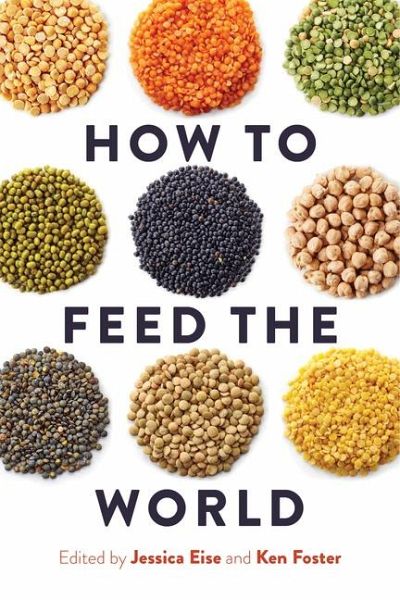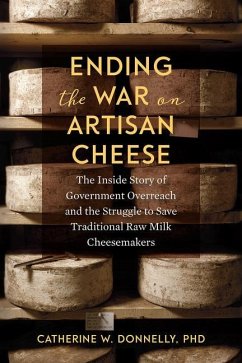
How to Feed the World
Versandkostenfrei!
Versandfertig in über 4 Wochen
33,99 €
inkl. MwSt.

PAYBACK Punkte
17 °P sammeln!
By 2050, we will have ten billion mouths to feed in a world profoundly altered by environmental change. How will we meet this challenge? In How to Feed the World, a diverse group of experts from Purdue University break down this crucial question by tackling big issues one-by-one. Covering population, water, land, climate change, technology, food systems, trade, food waste and loss, health, social buy-in, communication, and equal access to food, the book reveals a complex web of challenges. Contributors unite from different perspectives and disciplines, ranging from agronomy and hydrology to ec...
By 2050, we will have ten billion mouths to feed in a world profoundly altered by environmental change. How will we meet this challenge? In How to Feed the World, a diverse group of experts from Purdue University break down this crucial question by tackling big issues one-by-one. Covering population, water, land, climate change, technology, food systems, trade, food waste and loss, health, social buy-in, communication, and equal access to food, the book reveals a complex web of challenges. Contributors unite from different perspectives and disciplines, ranging from agronomy and hydrology to economics. The resulting collection is an accessible but wide-ranging look at the modern food system.












